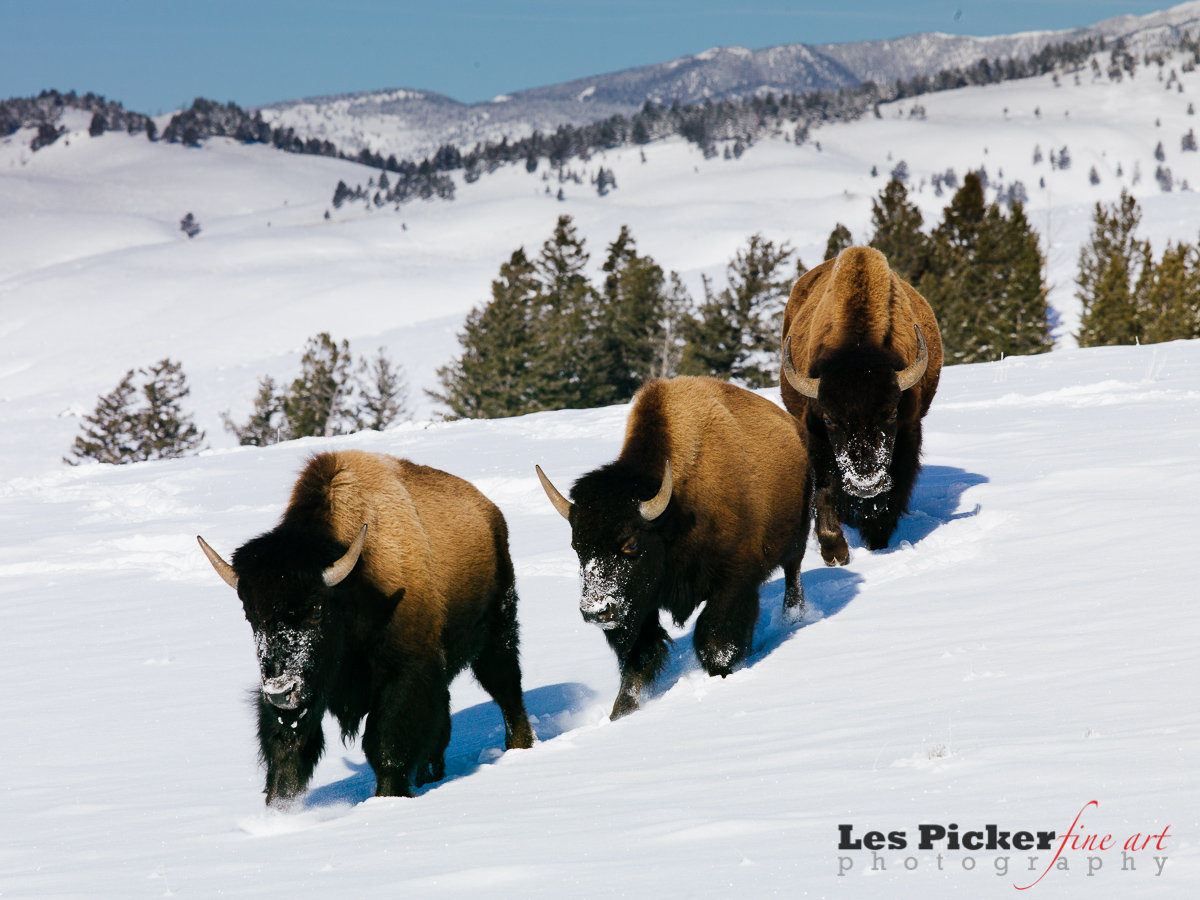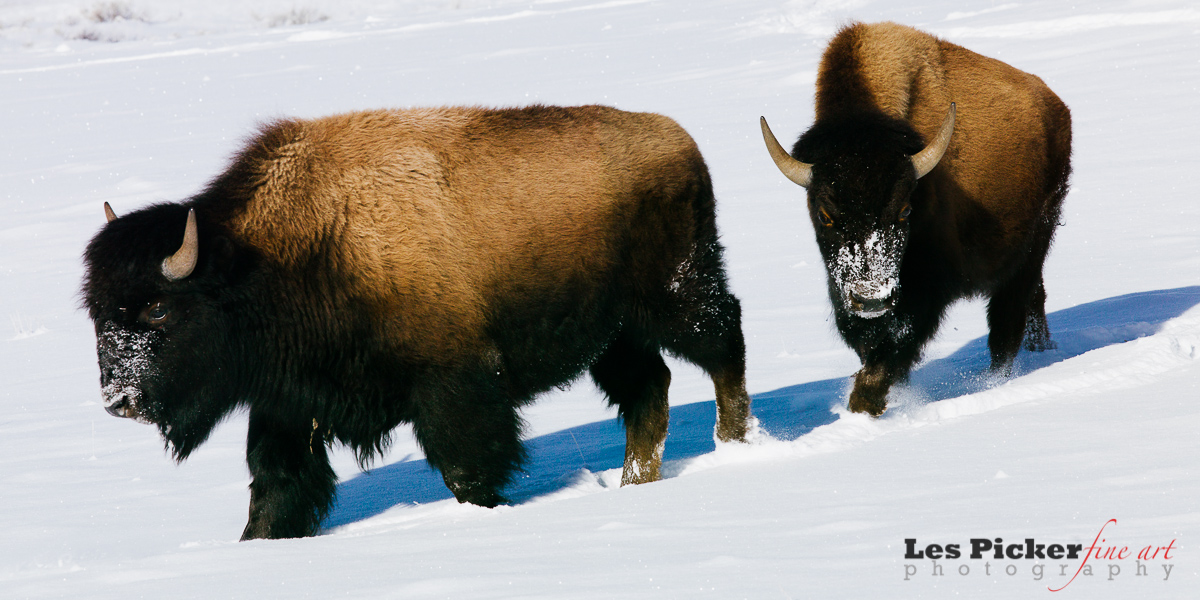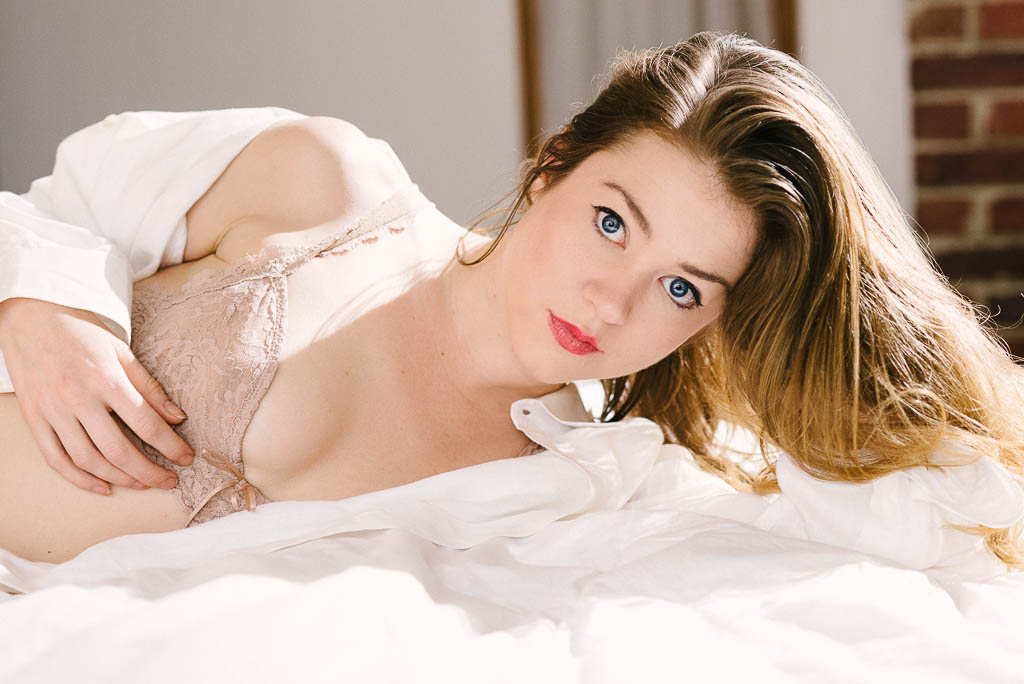
Winter Highlights
I just returned from a rejuvenating trip to Yellowstone, a winter paradise if there ever was one. The temps ranged from -13F to +25F, far warmer than I had hoped, since I wanted to get the frosty breath of bison as they grazed. Still, just being out in our glorious natural world was reward enough. I did manage to see bison, coyotes, eagles (bald and golden), elk, mule deer, pronghorn antelope and three wolf packs, although the latter were too far away to photograph.
One of the most frequently asked questions I get about winter photography is how to photograph snow. Moose Peterson, a terrific wildlife photographer, recently had a blog on the topic where he recommends pushing your exposure a stop or two over your meter reading to get snow white. I agree with his advice, with a caveat.

If one doesn’t over-expose snow scenes, they will render a sickening gray color, due to the meter’s attempt to “neutralize” the scene and render the scene close to 18% gray. The typical thing to do is to open up a stop or two (or even 3) to get the snow to look white. The trouble is that photographers are afraid of blowing out the snow, meaning that the overexposure is so extreme all detail is lost in the snow. As soon as they see blinkies appear on their camera screens, they dial back. But when they get home they realize that the snow scenes did not come out as they were hoping.
The reason I’m writing about this now is that something interesting happened after I uploaded my images to my home system. My assistant, Bob Boyer, is an accomplsihed indoor photographer and has a long career in working with models. Frankly, he is an expert on lighting who knows more about the science of it than anyone I have ever known.
While I was in Yellowstone, Bob was busily working on his own photo project back home, helping a young woman develop a modeling portfolio. He showed me a sample shot he took:

Now, it may not occur to you, but the three shots here have striking similarities, and I do not mean that as an insult to this stunning model. Those similarities hold a valuable lesson for landscape and wildlife photographers. In both cases we have strong lighting on the subject, in my image natural lighting and in Bob’s case mixed lighting. There are even similar tones in the bisons' coats and the model’s hair. But for the present case, ignore those similarities.
What is notable is that in both cases the foreground is blown out. In Bob’s image he literally smashed his histogram purposely up against the right wall. In my case I pushed to the right, but not quite to the wall. In retrospect, I should have shot a few frames another 1/2-1 stop to the right. I might have gotten more detail in the coats and faces of the bison. And what would I have lost? What did Bob lose in his image? Does anyone give a darn that the sheet in the foreground of the model is so overblown that there is no detail in it whatsoever? Hardly. Our brain interprets the scene and understands the context. The white represents sheets, or in my case snow, and we focus on the model or bison with no hesitation. The model’s face and body are perfectly exposed, a compelling high-key image.
The lesson here is that we should understand the limits of our cameras. We need to respect the abilities of these amazing machines, but be willing to outsmart them for creative purposes.
NOTE: Read more about Bob’s take on things.